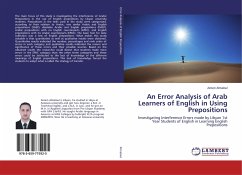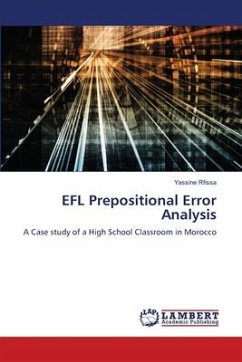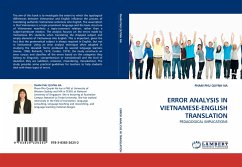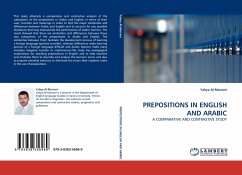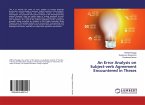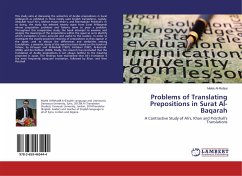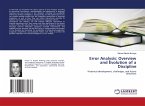The main focus of this study is investigating the interference of Arabic Prepositions in the use of English prepositions by Libyan university students. Prepositions in the tests used in the study were categorized, according to their relation to Arabic, into similar Arabic and English prepositions (SAEP), dissimilar Arabic and English prepositions (DAEP), Arabic prepositions with no English counterparts (APEC), and English prepositions with no Arabic counterparts (EPAC). The basic tool for data collection was a test of English prepositions. What makes this study valuable is that quantitative as well as qualitative results were obtained. Quantitative results indicated the number, percentages and rank order of errors in each category and qualitative results indicated the nature and significance of those errors and their possible sources. Based on the obtained results the researcher could detect that students made more errors in the EPAC category than the other three categories and these errors could be attributed to the lack of knowledge of the different meanings of English prepositions. This lack of knowledge forced the students to adopt what is called the strategy of transfer.

